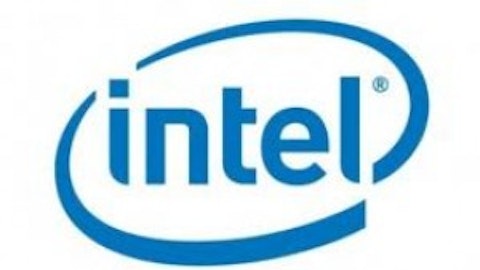Some investors have a special liking for those stocks in which management maintains a high level of ownership. Part of the reason for this is that it brings a sense of connection between shareholders and management. With this in mind, one can’t skip the buyout of PC manufacturing giant Dell (NASDAQ:DELL). Dell’s biggest shareholder, CEO and founder Michael Dell brought in the buyout proposal with a private investment firm Silver Lake for $24.4 billion.

The deal got me thinking: Should an investor follow any stock with high insider ownership?
In this article, I have taken three stocks in which insiders hold nearly half of the total sharesoutstanding, and analyzed their performance. The table below shows the percentage holding of insiders in the company’s total capital. Let’s discuss these stocks in detail:
| Name of the company | Percentage of Insider ownership(~) |
| W&T Offshore, Inc. (NYSE:WTI) | 53.34% |
| Campbell Soup Company (NYSE:CPB) | 44.25% |
| Las Vegas Sands Corp. (NYSE:LVS) | 52.45% |
Source: Yahoo Finance
W&T Offshore
Recent announcements from W&T Offshore included its capital allocation program, and an update about its planned operations for FY 2013. But even the announcement of a new Gulf of Mexico well could not counter the effect of low growth in production on the stock price. Average production guidance for 2013 came to around 48.9 million barrels oil equivalent per day (Mboe/d,) which was less than the consensus expectation of around 52.6 Mboe/d. The majority of refiners in the Gulf of Mexico experienced greater-than-expected downtime in 2012, which resulted in creating a more cautious approach to the 2013 guidance throughout the industry.
Weak onshore locations
The company’s onshore locations have been under-performing. The initial two Wolfcamp horizontal wells achieved initial production of 485 and 346 barrels oil equivalent per day (boe/d.) The ultimate estimated recovery from the site’s horizontal front falls in the range of 300-450 million barrels of oil equivalent (Mboe.) These rates are at the lower-end of the range of production by other operators of horizontal wells in the region. It is still early to say whether these numbers can improve in future, but the probability is low. Coming over to vertical wells, the completed costs of wells remain elevated at near $2.3 million whereas its competitors spend around $2 million. The company’s profitability remains challenged, and no cost cutting programs are visible in the near term.
The company plans to spend around $450 million (flat YoY) in capex in the year 2013. Drilling in the Gulf of Mexico will use around 63% of capex, while the remaining goes towards onshore projects. In its operations update, the company announced an initial rate of around 2,700 boe/d for the fifth well in the Mahogany field; beating the pre-drilling estimates. In addition, the company discovered an additional reservoir in the region to be retained for future development, increasing the total reserves of the company in the field.
Looking at the mixed bag, I feel that the low rate of production from its horizontal wells, combined with the high cost of the vertical ones, offsets the better-than-expected production from the Gulf of Mexico. I see this stock as a hold.




